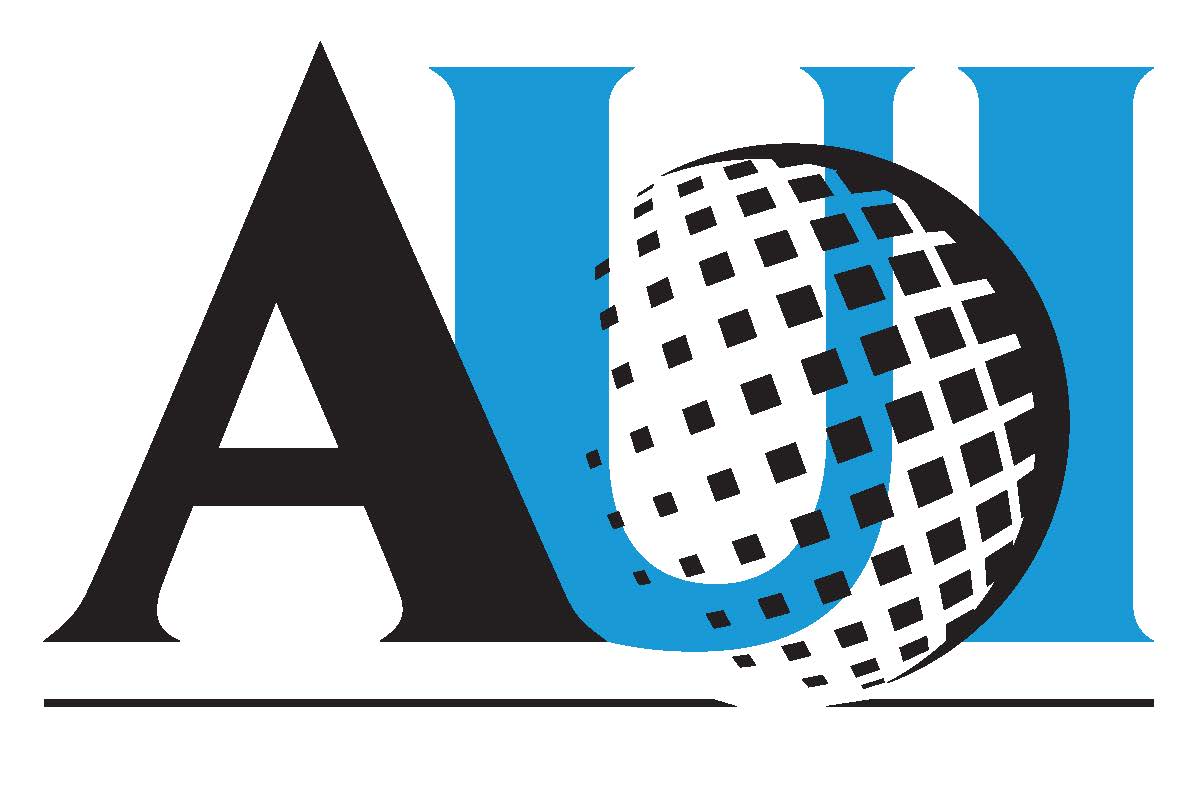ASTRO ACCEL brings together researchers and practitioners in the domains of astronomy education, engagement, communication and culture to connect stakeholders and advance these areas of research, proudly unveils its inaugural cohort of eight early career researchers.
Recent News
NSF Funds New Opportunity for Undergraduate Students
AUI and UNC-Chapel Hill are currently seeking undergraduate students to contribute to cutting-edge research in astronomy education. This paid opportunity, open to education and STEM majors, explores the impacts of new curriculum centered on the use of robotic telescopes.
Stellar Explosions and Cosmic Chemistry
Astronomers have discovered the secrets of a starburst galaxy producing new stars at a rate much faster than our Milk Way. This research revealed many different molecules, more than ever seen before in a galaxy like this.
Radio Astronomy and Black Holes
How a Telescope Made Mostly of Nothing Became Astronomy’s ‘Killer App’
Astronomers have captured the first direct visual evidence of a black hole at the center of Messier 87 (M87), a giant elliptical galaxy 55 million light-years
from Earth. This unprecedented observation was made possible by the Event Horizon Telescope (EHT), an array of eight individual radio telescopes spread over four continents and linked together to form a new, exceptionally powerful telescope. The newly released image reveals a glowing ring-like structure with a dark central region — a feature known as the “shadow” of a black hole.
As the most sensitive and largest element of the EHT, the Atacama Large Millimeter/submillimeter Array (ALMA) in Chile was instrumental in making this observation possible. With ALMA, the EHT achieved one of the highest resolutions ever in astronomy, 20 microarcseconds. A microarcseconds is about the size of the period at the end of this sentence if you were looking from the Moon. These observations will help scientists understand how the universe behaves under conditions of extreme gravity, forces so strong that they warp the fabric of space and time. This is just the latest step in a journey that began nearly 50 years ago with the National Radio Astronomy Observatory’s (NRAO) Green Bank Interferometer: the first telescope to identify and locate the supermassive black hole at the center of the Milky Way. The EHT is a turbo-powered version of that pioneering telescope.
The full EHT story, including background on black holes and supporting materials can be found at the National Science Foundation’s special section: “Exploring Black Holes.”
NRAO Contacts:
Kazunori Akiyama
The NRAO Jansky fellow at MIT Haystack Observatory who developed new imaging techniques for the EHT and led international efforts to create the first images of the supermassive black hole in M87 as a coordinator of the imaging group.
617-715-5579; [email protected]
Charles E. Blue
Public Information Officer
National Radio Astronomy Observatory
434-296-0314; [email protected]
Recent News
ASTRO ACCEL Announces Inaugural Cohort of Early Career Researchers
ASTRO ACCEL brings together researchers and practitioners in the domains of astronomy education, engagement, communication and culture to connect stakeholders and advance these areas of research, proudly unveils its inaugural cohort of eight early career researchers.
NSF Funds New Opportunity for Undergraduate Students
AUI and UNC-Chapel Hill are currently seeking undergraduate students to contribute to cutting-edge research in astronomy education. This paid opportunity, open to education and STEM majors, explores the impacts of new curriculum centered on the use of robotic telescopes.
Stellar Explosions and Cosmic Chemistry
Astronomers have discovered the secrets of a starburst galaxy producing new stars at a rate much faster than our Milk Way. This research revealed many different molecules, more than ever seen before in a galaxy like this.
